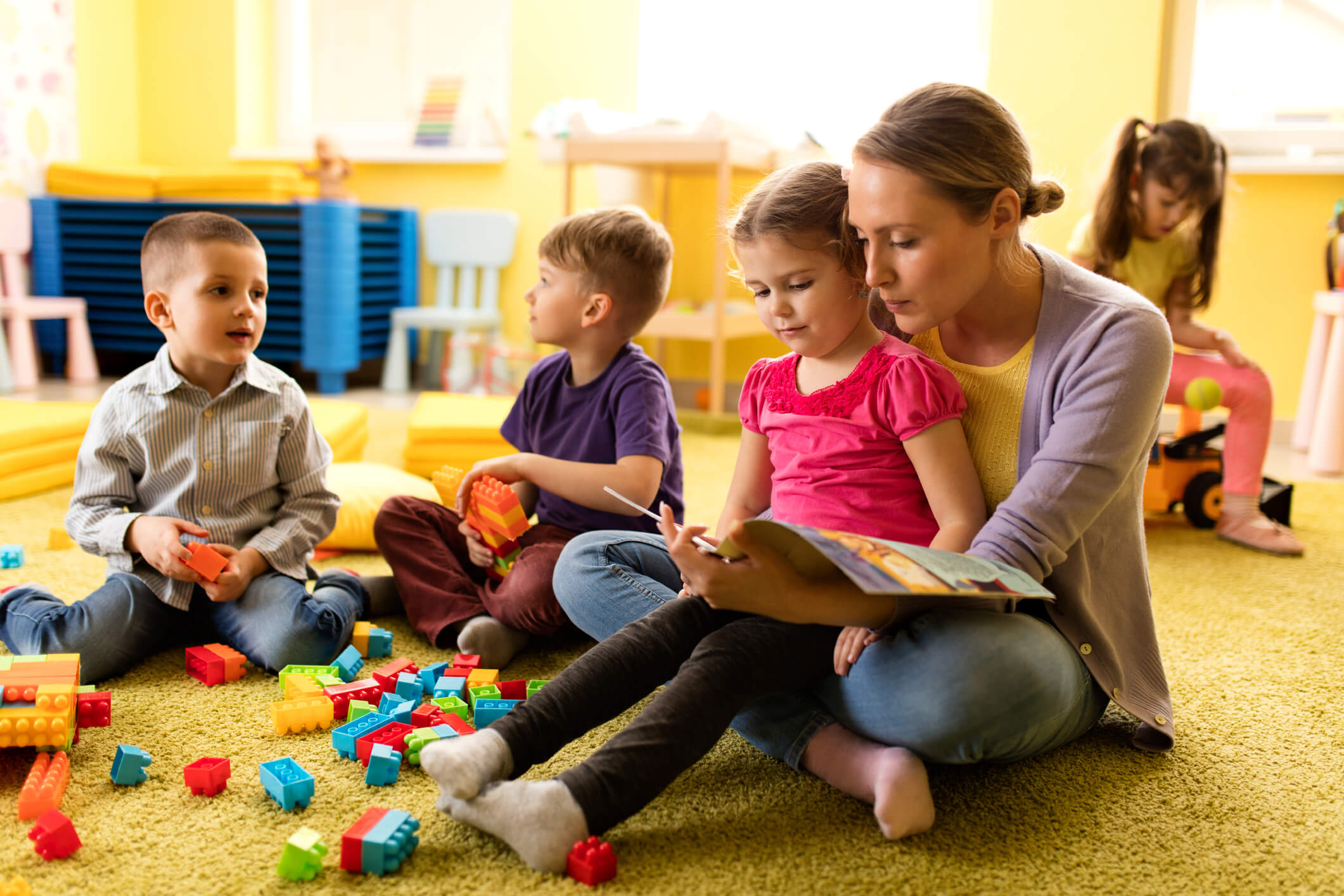School and daycare: Schools and Childcare Programs | COVID-19
Interactive School Ventilation Tool | CDC
Important update: Healthcare facilities
CDC has updated select ways to operate healthcare systems effectively in response to COVID-19 vaccination.
Learn more
Interactive School Ventilation Tool
Updated May 27, 2022
Print
This tool is designed for building managers or school administrators who are familiar with the school’s current ventilation systems.
Small particles that people breathe out can contain virus particles, including the viruses that causes COVID-19 and influenza (flu). Good ventilation, along with other preventive actions, can help prevent virus transmission in schools.
A window exhaust fan can reduce virus particles in a classroom by up to 95%.
Select the options below to see how particle levels change as you adjust ventilation settings.
The risk of getting COVID-19 varies according to individual susceptibility and the number of virus particles to which a person is exposed. The fewer virus particles in the air, the better.
This tool does not contain all scenarios. However, you can layer strategies for even better ventilation results.
- This tool uses data from the National Institute of Standards and Technology.
- The results are estimates and might not be exact in the real world. Our model assumes an infected occupant (teacher or student) inside a 790 square-foot classroom for 6 hours. The model shows the reduction in particles over those 6 hours in the classroom. To see the effects of these ventilation settings on different room sizes and HVAC system types, see this report from the National Institute of Standards and Technology.
- Due to limits of the current model, the tool does not contain all scenarios, including opening a window or using multiple enhancements at one time.
However, layering strategies will help clear out virus particles in rooms faster.
- The model assumes that if you select Terminal Unit or Central/Rooftop Unit, the unit would be operating continuously during school hours.
- The base filter in the “No HVAC” system is no filter, in the “Terminal Unit system” is MERV 6, and in the “Central/Rooftop Unit” is MERV 8. For this model, a “premium” filter is based on one rated for MERV 13 filtration. Learn more about HVAC filters and portable air cleaners. Visit Ventilation in Buildings to learn more about MERV ratings.
- The portable HEPA air cleaner is assumed to be operating at high speed (300 cfm).
- The exhaust fan is assumed to be 1,200 cfm.
- The 100% Outside Air option is only available on the “Central/Rooftop Unit” and means that no air is recirculated.
- All scenarios are compared against a classroom with no central ventilation system with no filter, no HEPA air cleaner, and no exhaust fan.
Download Data [CSV – 523 B]
Visit the Interactive Home Ventilation Tool to learn how to improve ventilation in your home.
Opinion | School Is (Whisper It) a Form of Child Care
Opinion|School Is (Whisper It) a Form of Child Care
https://www.nytimes.com/2020/10/13/opinion/coronavirus-schools-child-care-centers.html
Advertisement
SKIP ADVERTISEMENT
Opinion
And child care, at its best, fosters children’s development. So how did we come to treat them so differently?
Credit…FatCamera/E+, via Getty Images
By Bryce Covert
Contributing Opinion Writer
This summer, as debate raged among lawmakers, school districts and parents about whether it was safe to send kids back to school, something strange happened in Howard County, Md.
The Howard County school system decided to remain remote for at least the first semester. But to help parents deal with the lack of in-person care for their children, the county offered elementary school students a spot in parks and recreation programs, which provide “support for virtual learning assignments” along with “work sessions” and “crafts, physical activities, and games” — activities not totally unlike, say, school.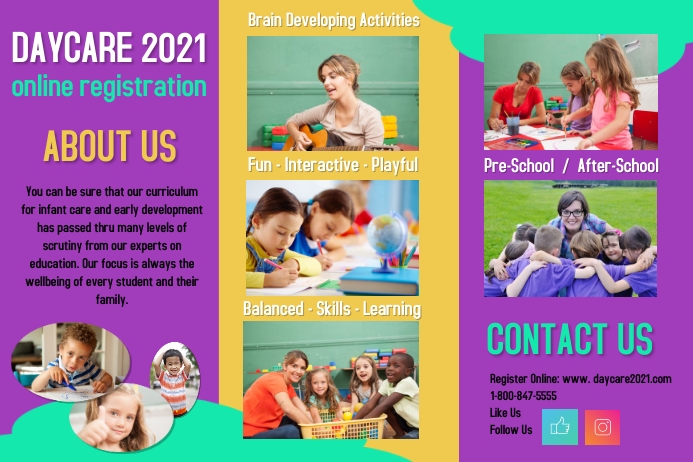
Little mention was made of the adults who will supervise the children during this child care. There was no hand-wringing about classroom configurations or safety guidelines. The catch? Unlike regular public school, which is guaranteed and free, the spots were limited — and cost $219 each week for a full day.
Similar programs have been created in places such as Texas, Vermont, Boston and New York City. Even before the school year began, child care providers never shut down in many places and were mostly left on their own to figure out how to keep their doors open while keeping everyone safe.
What is going on? Why would we endlessly debate the safety of putting children in classrooms, but put them in day care settings without anyone batting an eye — and certainly with no national debate?
In reality, there is no magical distinction that leaves children and adults immune to the coronavirus in a child care setting but not in a school. And yet throughout the pandemic we’ve operated as if there is.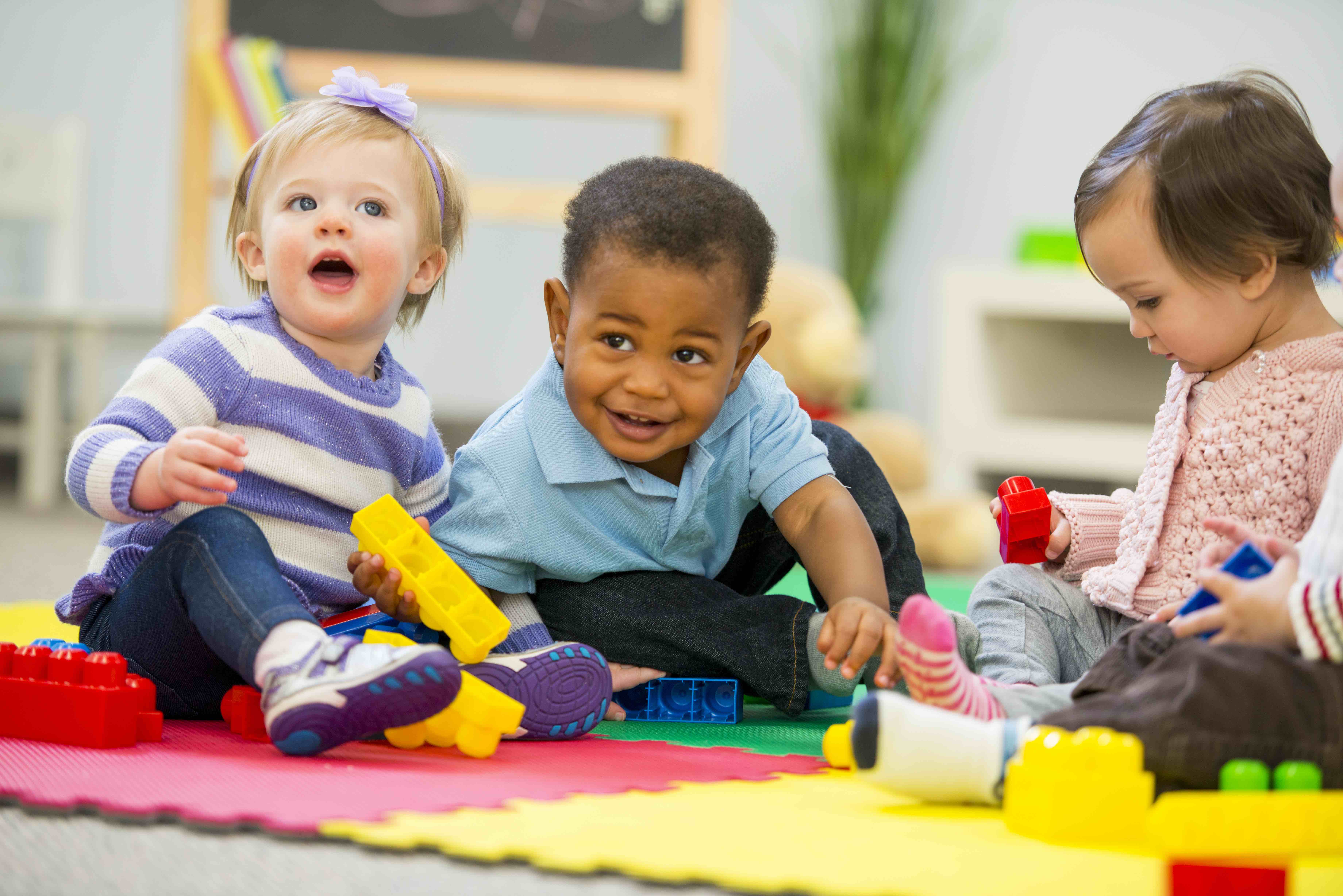
It has taken a once-in-a-lifetime crisis to reveal what was always true: School is — whisper it — a form of child care; child care, at its best, fosters children’s development.
We have long drawn a sharp distinction where there shouldn’t be one. School is, first and foremost, about education. But it is also a safe place for parents to send their children while they’re at work. That fact became torturously clear as school was yanked away, throwing families into chaos. At the same time, while child care allows parents of young children to go to work, the early years are also critical for children’s development, making the educational aspects crucial.
The dichotomy we’ve set up between the two doesn’t serve anyone now, but it didn’t work under normal circumstances, either. Separating child care from the larger K-12 educational system forces many of us to live with an expensive, patchwork, private system for children up to age 5. And ignoring the fact that school is a place where children both learn and are kept safe while their parents work means we haven’t reconciled short school days and academic calendars with a typical working parent’s schedule.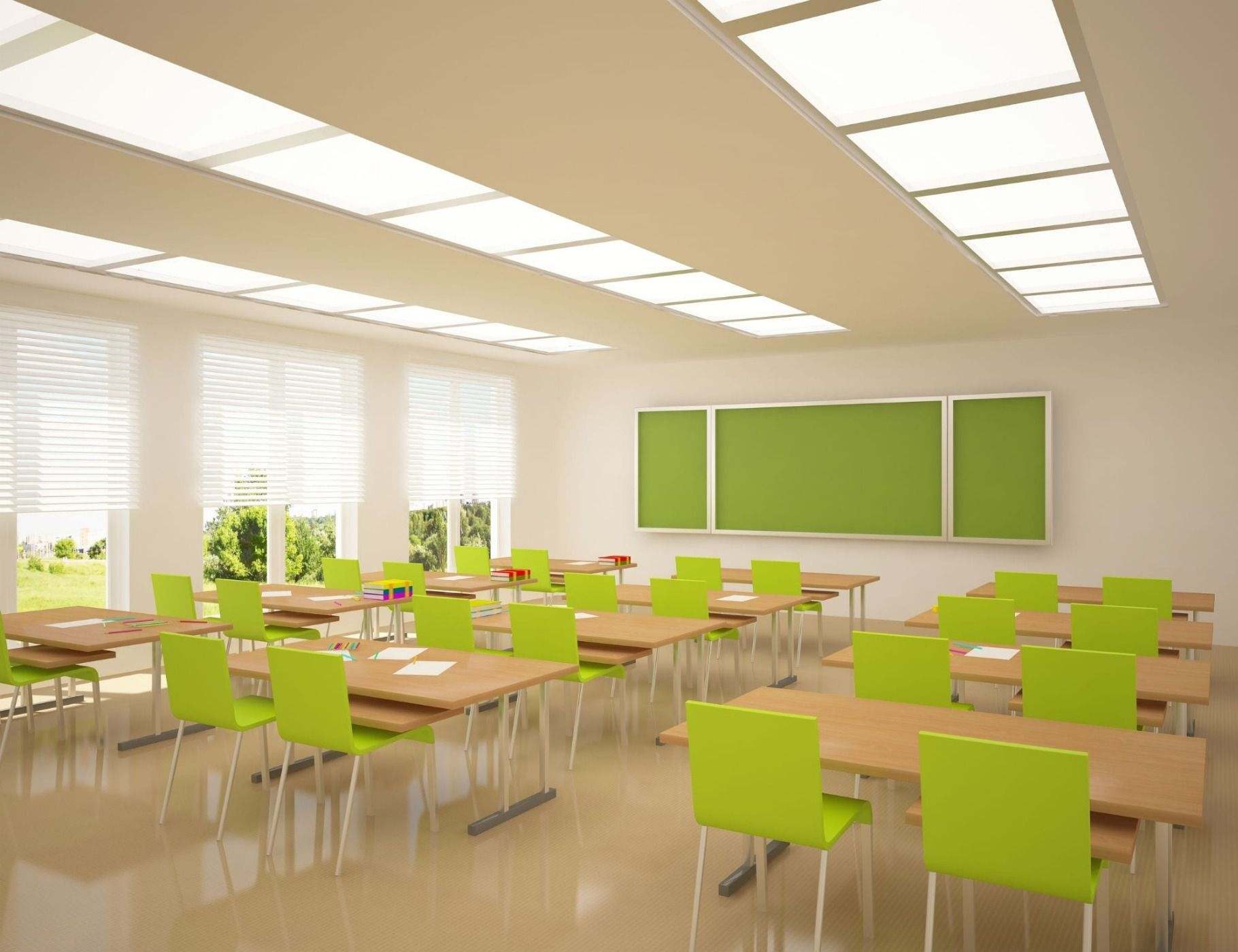
How did we ever let such a bifurcated system grow so established in the first place? The story begins, for a University of Pennsylvania education historian, Jonathan Zimmerman, when formal school was first established in this country. In the 1800s, school was transformed state by state from a few weeks of instruction by a teenage girl in a one-room house into a system of formal classrooms with grades and professional teachers. Educational reformers like Horace Mann and Henry Barnard insisted that children needed more formal schooling in order to be informed citizens upholding democracy.
But that same reform push also excluded the nation’s youngest children. When “school” still meant a one-room schoolhouse, working mothers were happy to send babies along with their siblings — which doesn’t mean that this was a good outcome. “They would park the babies in front of the fireplace and the babies would fall asleep and fall backward,” Mr. Zimmerman said. “Kids were injured.” Horace Mann insisted that babies ought to remain at home, to allow the other children to get a better shot at a real education.
“Nobody’s wrong here,” Mr. Zimmerman said. “Mom’s right that we need a place for the 6-month-old, and Horace Mann is right that kids don’t actually belong in the schoolhouse.”
But no one swooped in to help Mom get what she needed — even as a broad consensus formed across the country that all children above the age of 6 had a right to a publicly financed education. “Public support for education starting in grade 1 has never really been a question,” Mr. Zimmerman said, even if we’ve frequently — and vehemently — fought over the particulars of how it’s carried out. School was never about alleviating a burden for parents. It was, for a new republic, based on the idea that the country needed an educated population to make democracy function. It was a civic service.
Child care, on the other hand, was guided by an entirely different logic. “There’s a common thread that runs through the history of child care in this country,” said Chris Herbst, an Arizona State University associate professor who studies child care policy.
Mothers have always worked outside the home. During Mann’s time, they were in mills and factories alongside men. Their presence in the workplace then was controversial, as it remains today. Convincing the public that there should be a service available to take care of their kids while they worked was “a really heavy lift,” Mr. Zimmerman said.
In fact, mothers didn’t get any help from the government until the government needed them to work. During the Great Depression, the Works Progress Administration operated a network of child care centers aimed at helping unemployed mothers get jobs. Then, in the midst of World War II, President Franklin Roosevelt built a network of centers across the country. By then, men were fighting abroad and the ranks of childless women were running thin. But without child care, the nation was subjected to an array of horror stories about what happened when mothers went to work, such as children locked in cars near factories or chained to trailer homes.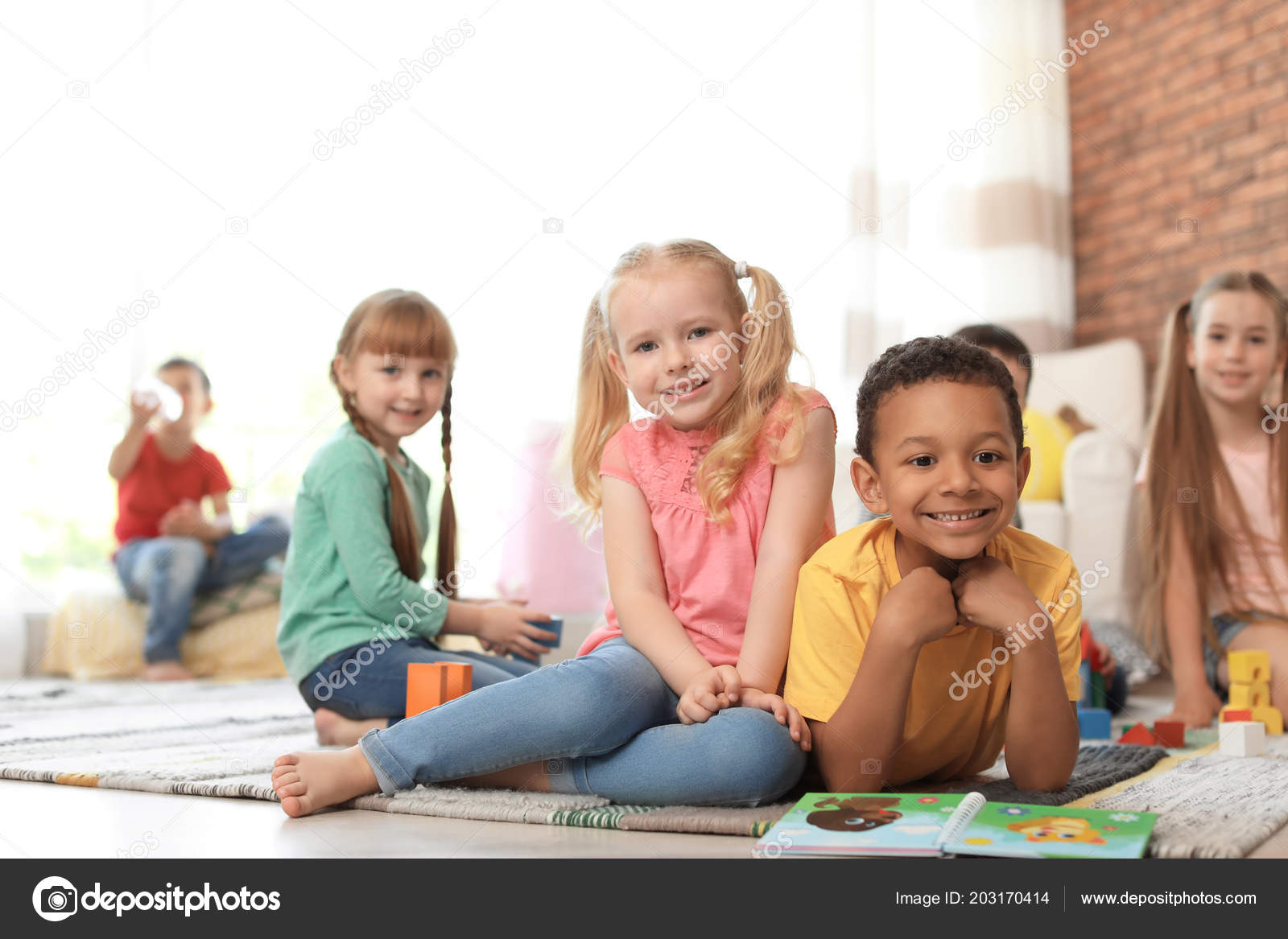
And so, between 1943 and 1946, the country had a publicly funded, universal child care system built on the idea that women needed to leave the home to keep America running. It was “one of the earliest examples of child care policy in this country,” Mr. Herbst said. And it sprung directly from an economic need. “It was not designed specifically with education goals or child development goals in mind,” Mr. Herbst said. “It was all about parent employment.”
The centers shut down when the war ended, and the country has yet to create a universal child care program since. It has barely even invested public resources in it. But the few times it has, work has nearly always been the driving priority. In the 1990s, the federal government created programs like the Child Care & Development Block Grant and child care subsidies in the Temporary Assistance for Needy Families program with the goal of “quickly moving mostly unmarried mothers with young children from welfare to work,” Mr.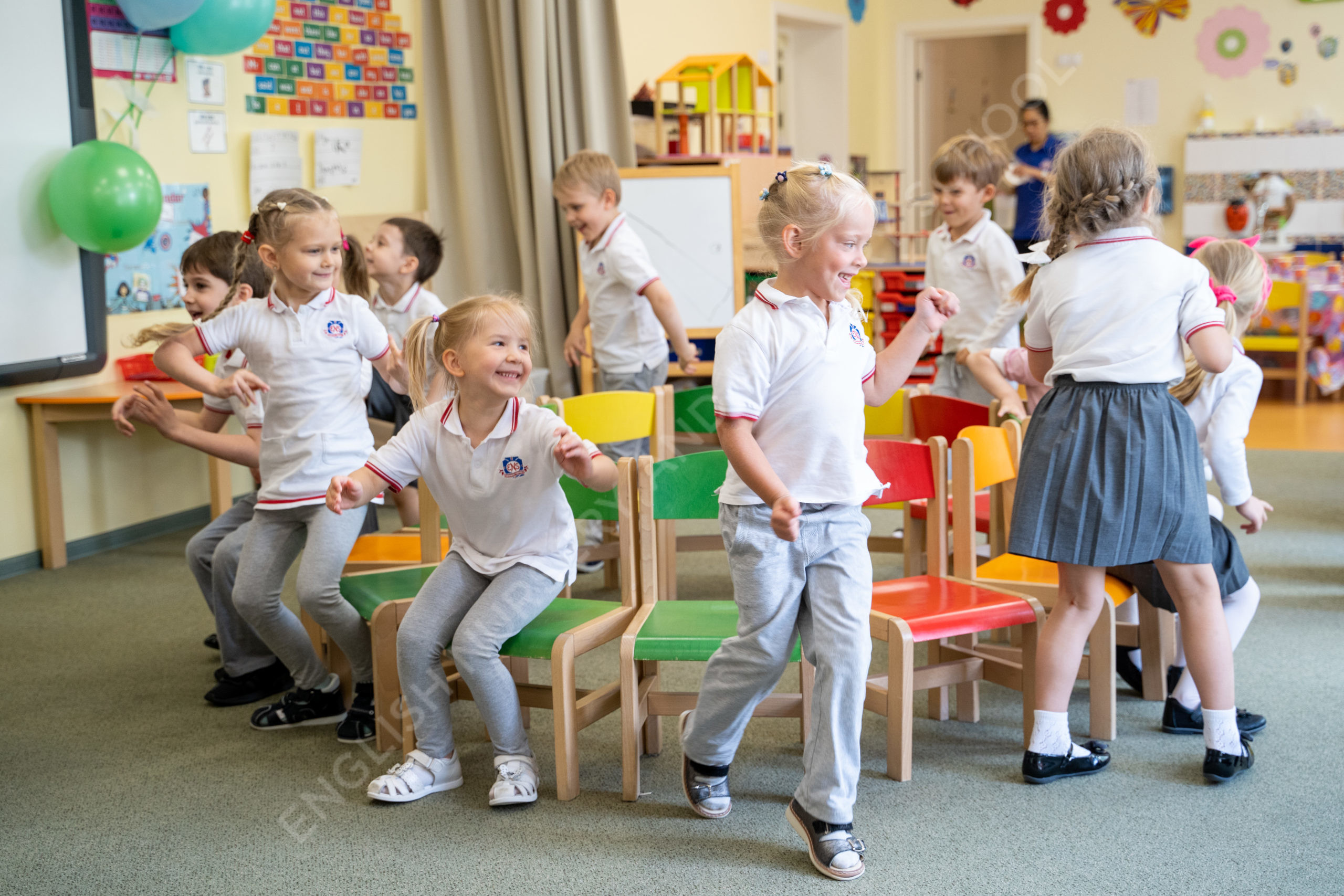
So child care has always by default been ensnared in the thicket of debate over the role women are meant to play at home and in public. School has rarely come into conflict with that debate. The basic premise that children deserve to learn — and that education is important for the country as a whole — hasn’t been disputed.
And yet the two suffer from being divided from each other. “In both realms, we’re only having half the necessary conversation,” Mr. Herbst said.
Even before the pandemic, school misaligned with parents’ needs. The school day barely resembles the typical demands of a job. The median school day ends at 2:50 p.m., and nearly all are closed by 3:30, yet most of us work until 5 or 6 p.m. When functioning normally, schools still close for nearly 29 days during the school year, more than two workweeks longer than what the average private-sector worker gets in paid vacation and holidays — and that’s not even touching on summer vacation.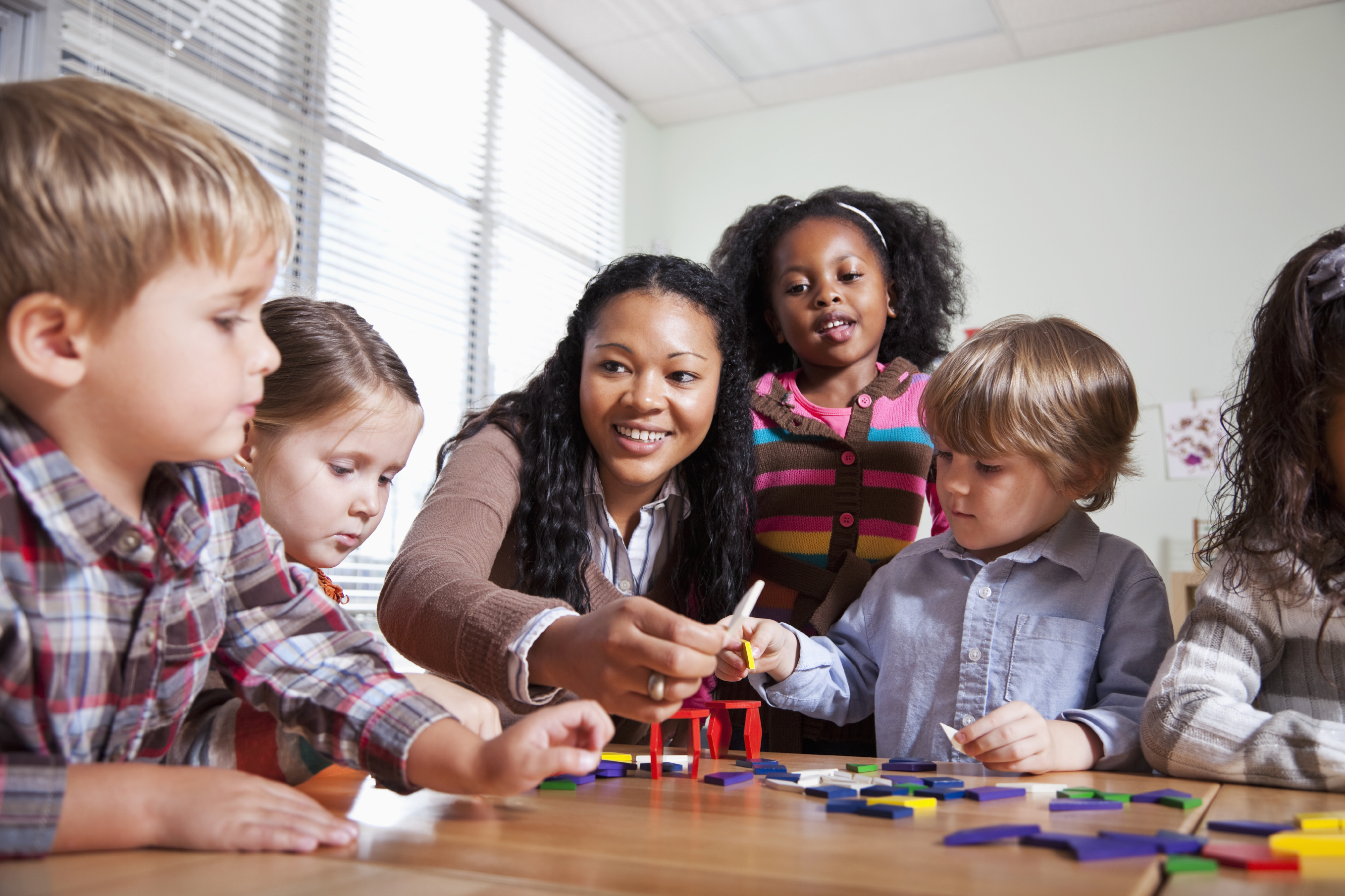
At the same time, an academic consensus has emerged about the importance of the first few years of a child’s life to brain development and later life outcomes. To neglect the developmental, if not educational, importance of high-quality child care is to do an enormous disservice to the millions of children who are in child care on a typical (non-pandemic) day.
Now this arbitrary dividing line has left child care providers all but abandoned while struggling to safely stay open and pick up the slack when school districts have decided to go remote. The fact that K-12 schools get public funding and oversight means they are also subject to public debate. Child care has been relegated to a lesser status and has less power to make demands on lawmakers, even if the demand is simply for some canisters of disinfectant wipes.
The answer is not that we must drag K-12 education down to child care’s level — to say that teachers are merely babysitters who deserve to make barely over minimum wage and that parents should be forced to pay for school themselves.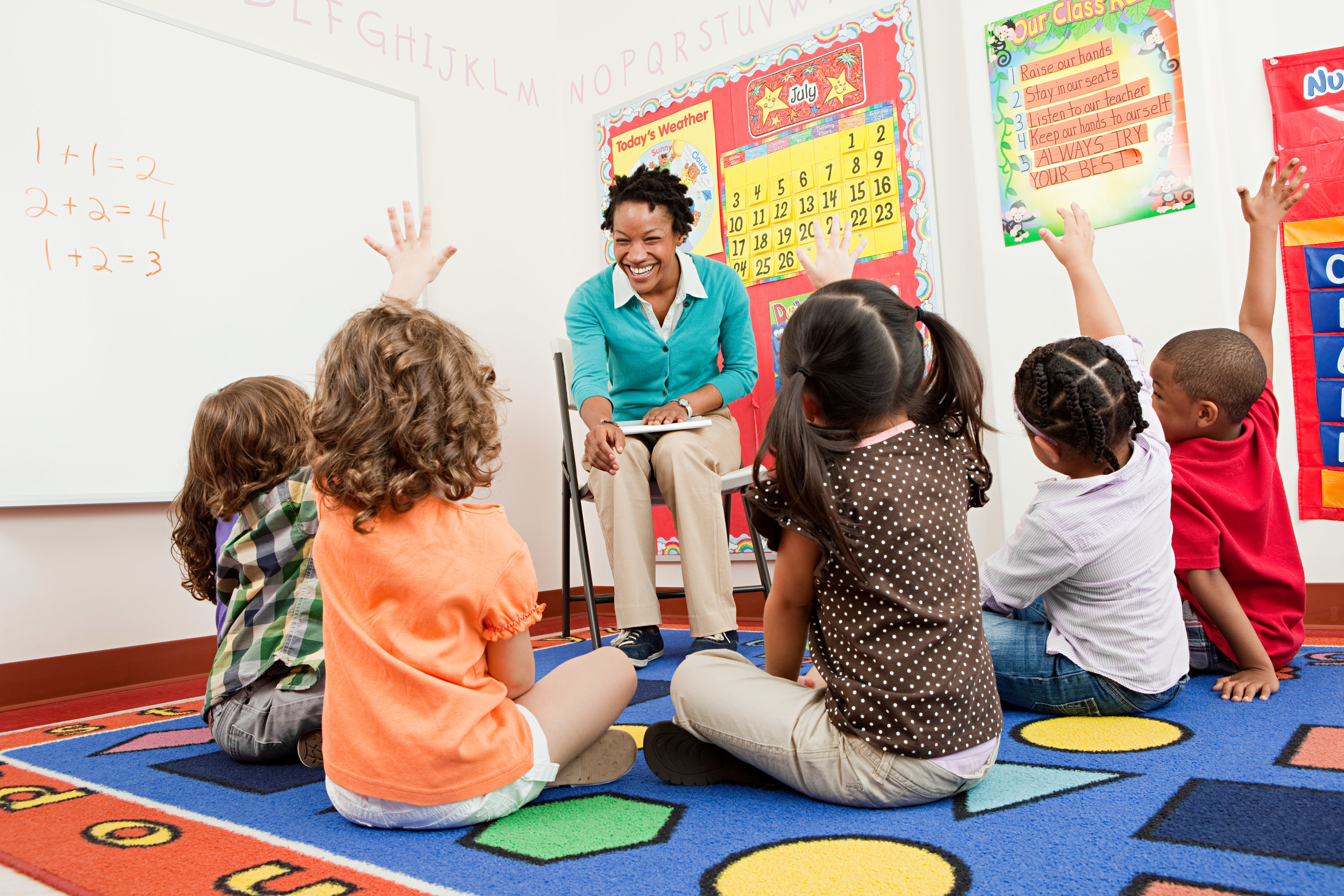
We still don’t know what this school year is going to look like. It’s yet to be seen if schools invite students back in only to shut down as cases spread, or if they’re able to put in place enough safety measures to keep the virus at bay. But when we emerge on the other side, it would be foolish to return to normal, to a system where children’s needs are neglected at young ages and parents’ needs go unheeded at older ones.
Bryce Covert is a contributor at The Nation and a contributing Opinion writer.
The Times is committed to publishing a diversity of letters to the editor. We’d like to hear what you think about this or any of our articles. Here are some tips. And here’s our email: letters@nytimes.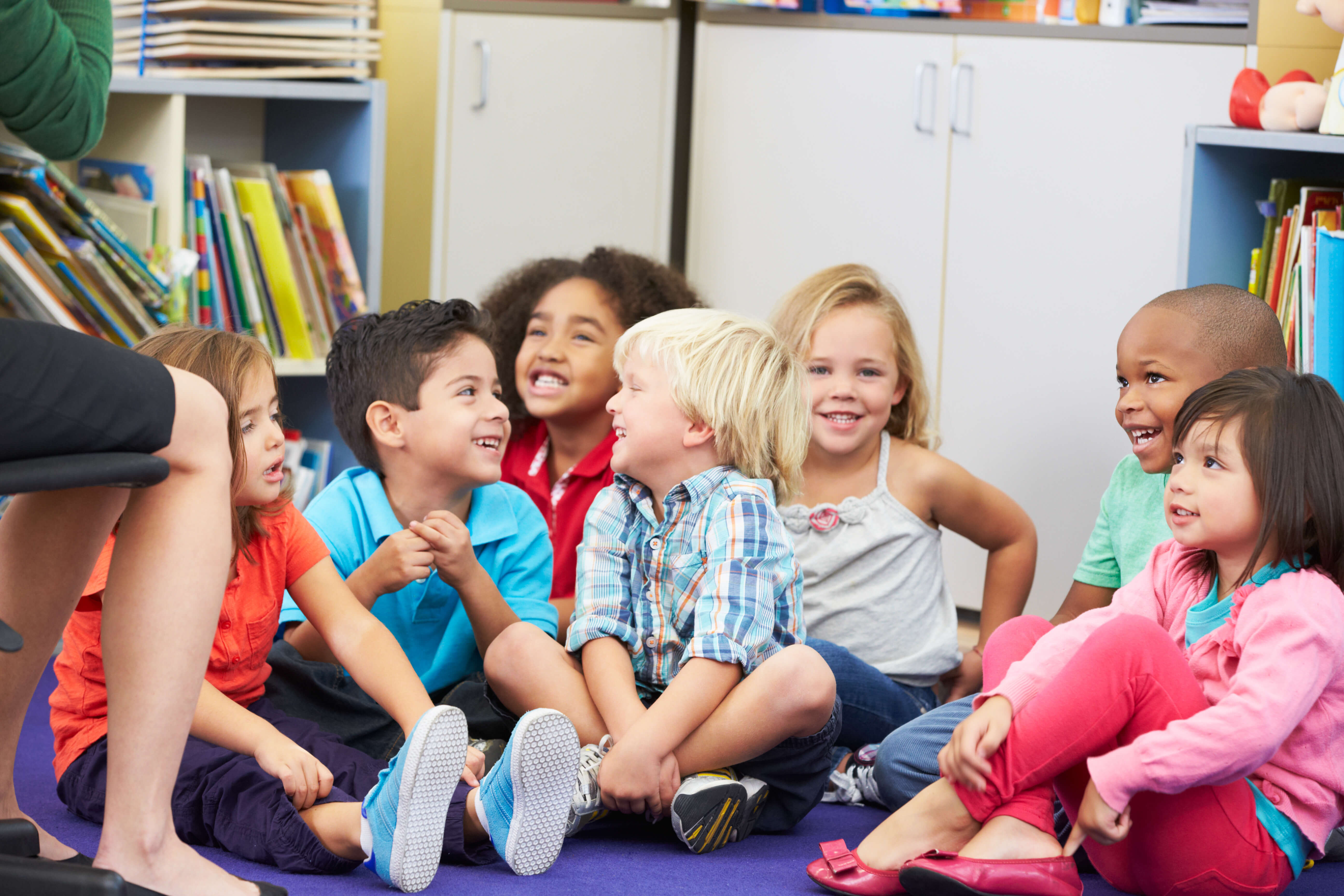
Follow The New York Times Opinion section on Facebook, Twitter (@NYTopinion) and Instagram.
School “MIR”
School “MIR”
ABOUT THE SCHOOL
School “MIR” —
the first school in Dobrograd and the only private school in the Vladimir region with state accreditation.
MIR is a modern, open, practice-oriented school. We strive not only to give our students strong knowledge, but also to prepare them for adulthood – to give them the skills necessary to succeed.
Our graduates enter the leading universities of the Russian Federation, they know English at the C1 level and have experience in project activities.
See more
ONLY THE BEST
School benefits
Developing the skills and talents of each student
The educational model and environment of the school are aimed at developing the talents, motivation and skills of each student, revealing his creative and sports potential, and educating a versatile personality.
Full day school
Children are at school from 9:00 to 18:00. In the first half of the day – the main educational program, in the second – additional courses.
Strong academic program aimed at admission to the best Russian universities
Students receive strong academic knowledge. The educational model of the school allows not only to master the required topics with interest, but also to delve into the target areas and explore interdisciplinary connections.
Development of self and soft skills
In the modern world, it is no longer enough to be able to count in your mind or quickly memorize a text, more and more attention is paid to sof skills – emotional intelligence, time management, leadership development, adaptability and others.
Professional team
The teachers of the school are a team of talented professionals who are sincerely passionate about their work.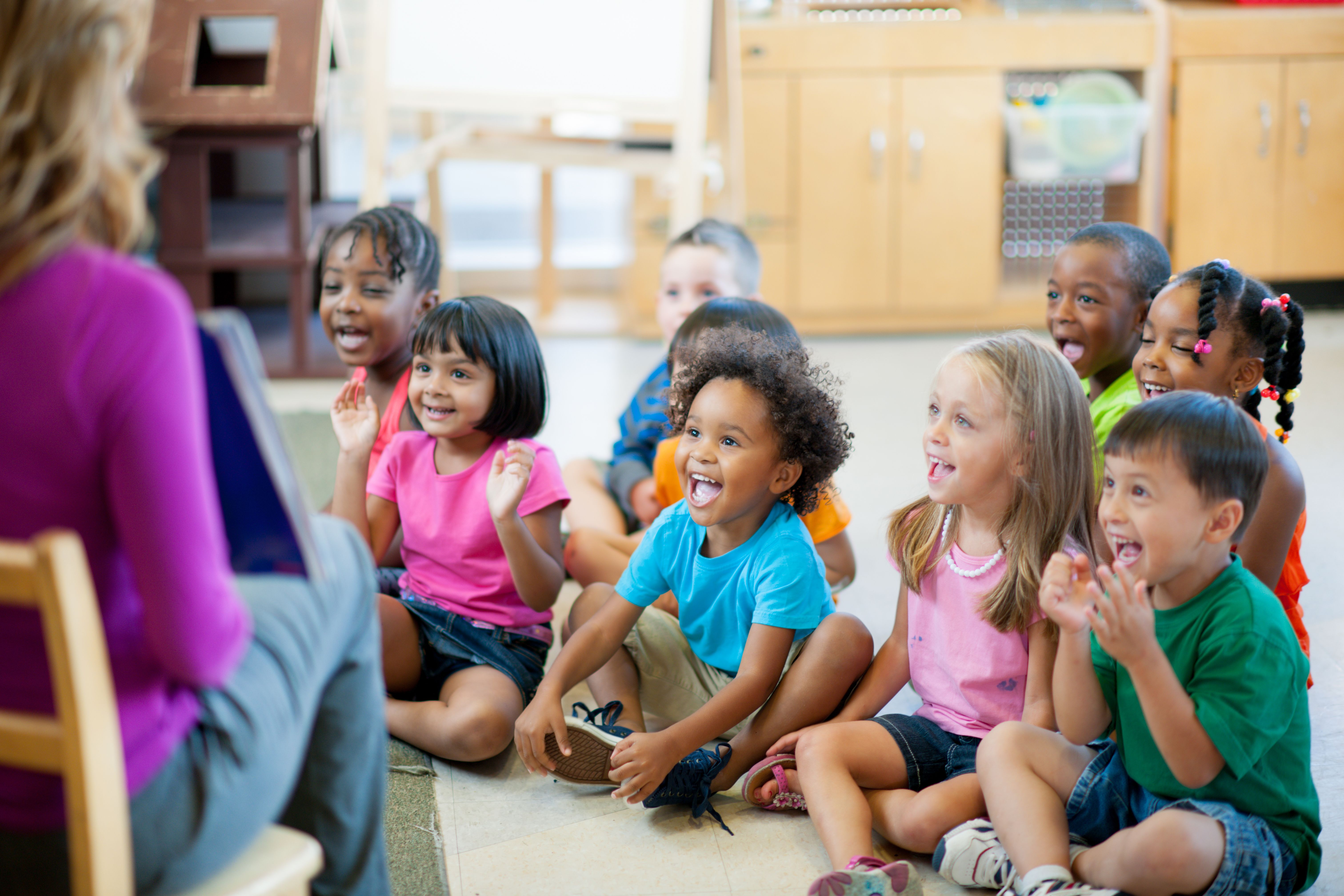
Safe environment
The school has all the conditions for physical and psychological comfort: fresh air, a fenced area, tasty and healthy food, medical support and a harmoniously distributed workload.
MOST HONEST
School news
Graduation 2023 of the MIR school
Unified State Exam for 100 points, a red certificate and a gold medal in grade 11, four red certificates in grade 9 – this is the first graduation at the MIR school!
Read more
III place in the literary competition in the nomination “Prose”
5th grade student Polina Dolbonosova took the 3rd place in the literary competition in the nomination “Prose”. The organizer of the DDyT competition is the city of Vladimir.
Read more
Professional skills competition “Professionals 2023”
8th grade student Alina Khromova took part in the professional skill competition “Professionals 2023”
Read more
I want to know more news
How to apply
Enrollment is open for
new academic year from grades 1 to 11
Leave a request
Find out more
Good Knower
school preparation course for children aged 5-6
Find out more
Summer shifts at school
5 shifts, 5 weeks, 5 new discoveries for everyone!
Learn more
Application for admission
all fields are required
Full name of parent
Name of child
The class in which the child enters in the 2022/2023 academic year
Phone
Your application has been sent
In the near future our manager will review the application and contact you.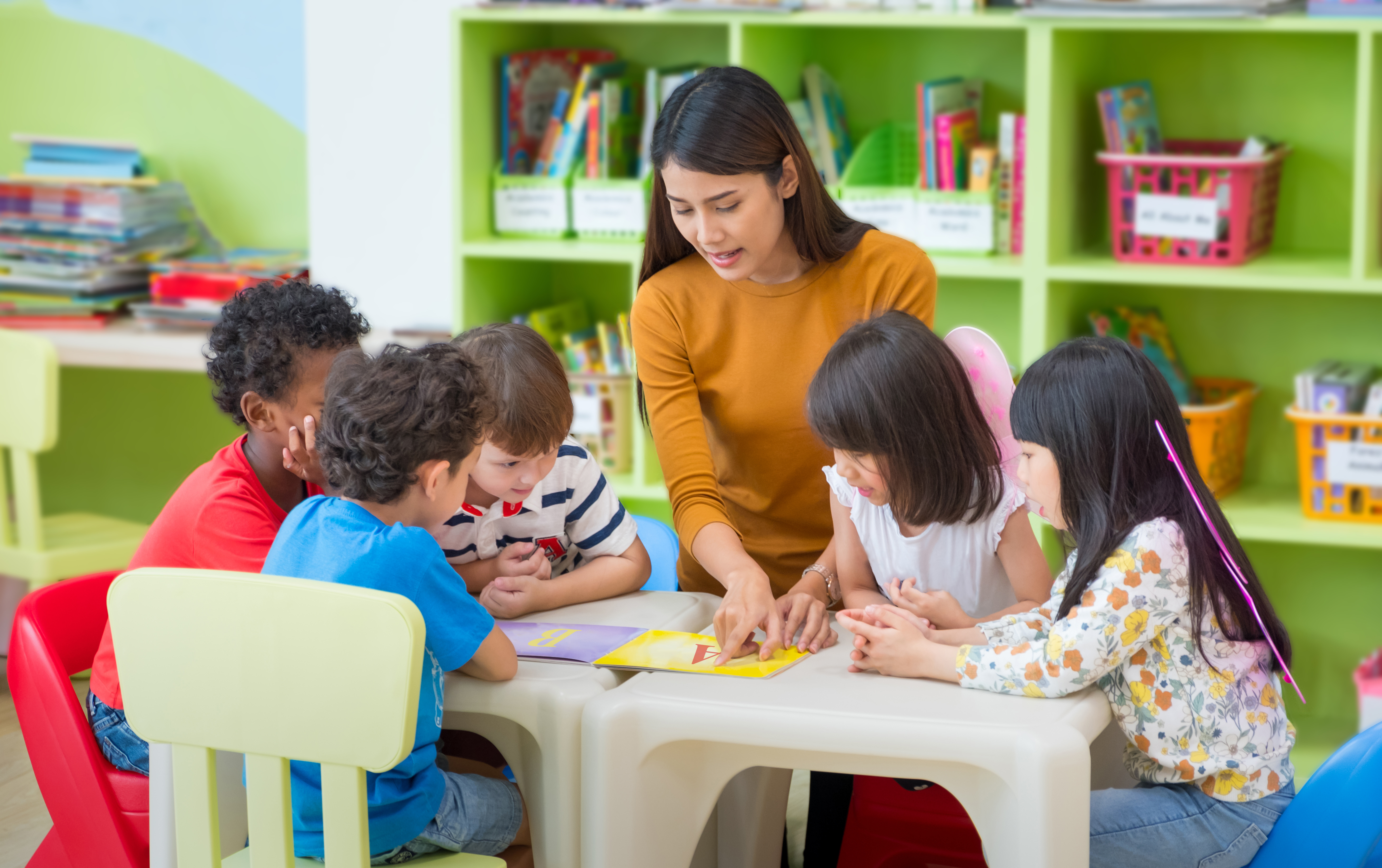
Request a call
First name Last name
Phone
Your application has been sent
In the near future our manager will review the application and contact you.
L.S. Vygotsky
Information about the institution
In the autumn of 1979, to the delight of children and parents, another wonderful kindergarten was opened in our city with a winter garden and bright playrooms. And for more than 40 years, little citizens of our city have been brought up and trained here. And at 19In 1993, when the primary school came under the roof of the kindergarten, another very important and urgent task was solved to implement the continuity between preschool education and primary general education. It is difficult for a child to adapt to new conditions.
Today 189preschoolers and 92 junior schoolchildren (data as of May 31, 2023). The teaching staff of our educational institution is a team of like-minded people with a high professional level: 60% of teachers have higher education, 36% are certified for the highest and first qualification categories, 28% are awarded industry awards. The institution has developed a special culture of support and assistance to the child – psychological, pedagogical and social support.
Students of institutions can (without leaving the walls of the educational institution) study computer science, robotics and a foreign language in the classroom.
One of the most important components of the comprehensive support of a child in an educational institution is purposeful health-creative activity, which is not limited to individual events, but goes through all educational activities.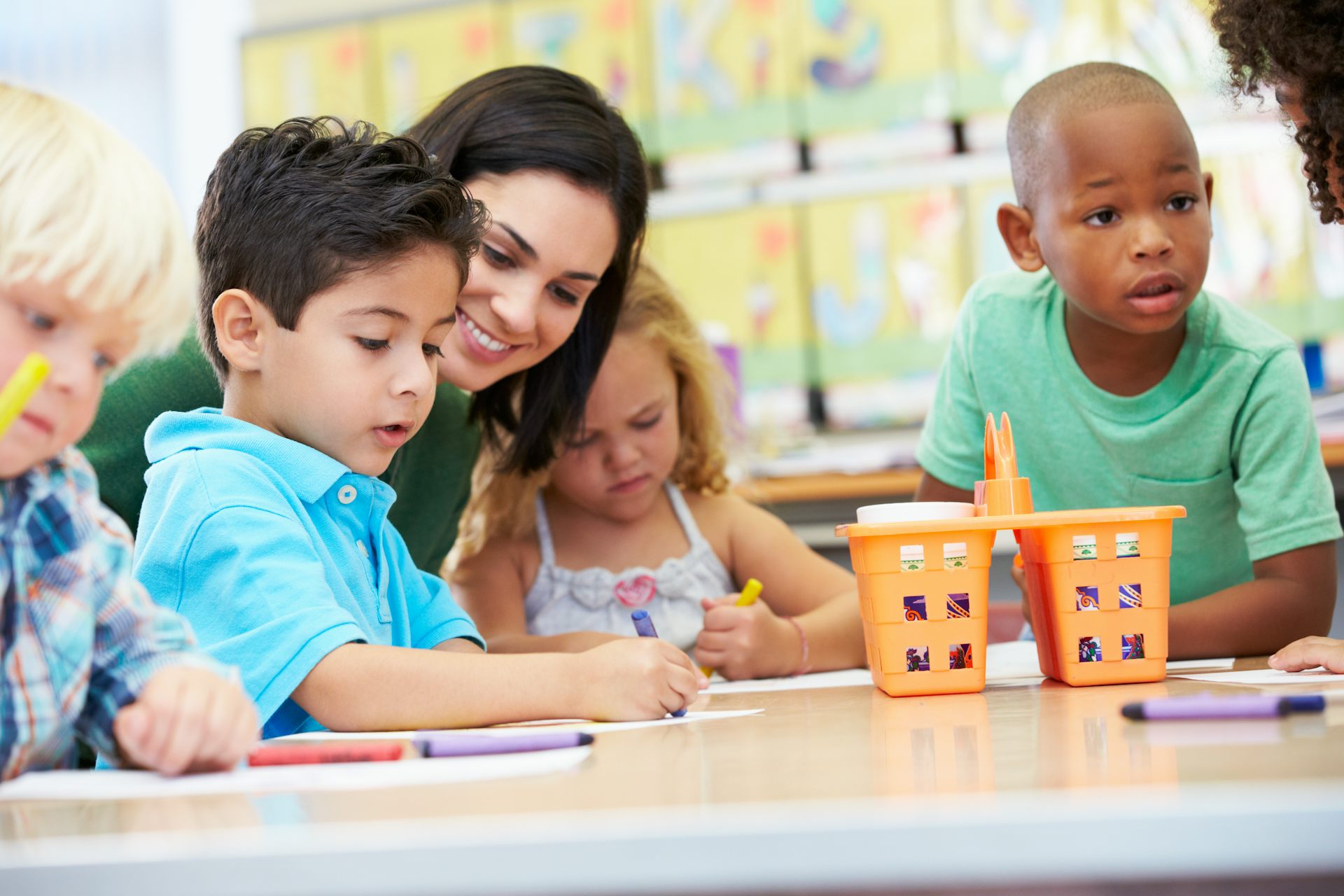
The team of the municipal autonomous educational institution “Primary School – Kindergarten No. 52” is in constant pedagogical search. An example of this is the development of interactive forms of education. All four primary classes are equipped with interactive whiteboards, panels, multimedia projectors, laptops, educational and laboratory equipment (mobile class). Our teachers not only master new technologies, but also share their pedagogical experience with colleagues by posting the accumulated material on educational websites. Publications of works are confirmed by certificates and certificates.
Today, with good reason, one can call “Primary School – Kindergarten No. 52” a unique educational institution. Its uniqueness is in many ways: the structure and mode of operation of the educational institution, a well-developed material and technical base, excellent conditions for raising, educating children and developing their abilities, a highly professional team of like-minded people who are able to see the prospects for the development of an educational institution, set goals and find ways to achieve them.







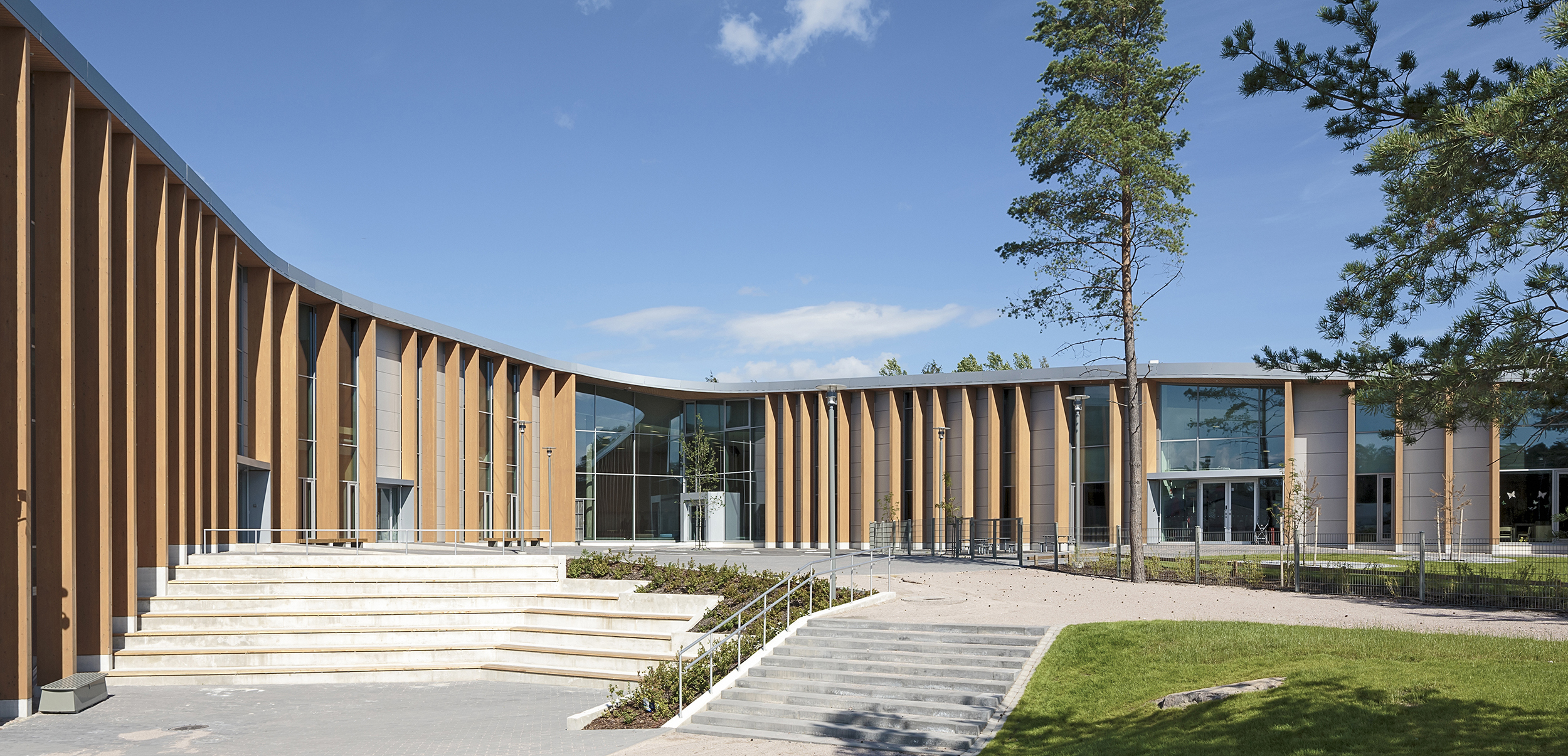 However, layering strategies will help clear out virus particles in rooms faster.
However, layering strategies will help clear out virus particles in rooms faster.